The Future is Now: Mass Timber Construction Arrives in Phoenix

Phoenix is evolving, and our skyline is about to get a greener, more sustainable makeover. With the recent adoption of the 2024 Phoenix Building Construction Code, the Valley of the Sun is embracing mass timber construction—a groundbreaking approach that promises a host of environmental, economic, and aesthetic benefits. This isn't just about new buildings; it's about building a better future for Phoenix.

What is Mass Timber?
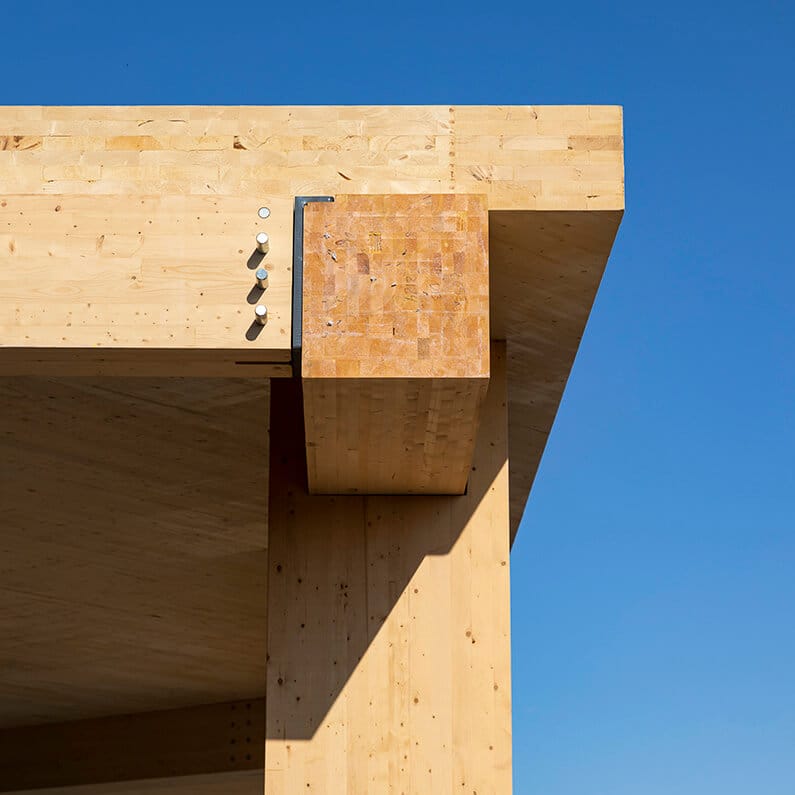
Mass timber refers to a family of engineered wood products, like Cross-Laminated Timber (CLT), that are created by fusing multiple layers of wood to form incredibly strong and stable structural components. Think of it as a super-wood, offering the strength of concrete and steel with a much lighter footprint. The new Phoenix codes now permit mass timber buildings to rise up to 18 stories, opening up exciting possibilities for urban development.
Environmental Benefits: Understanding Embodied Carbon
One of the most significant advantages of mass timber lies in its environmental impact, particularly concerning embodied carbon.
- So, what is embodied carbon? Imagine all the greenhouse gases (like CO2) released into the atmosphere during the entire lifecycle of a building material – from extracting raw materials, manufacturing and transporting them to the construction site, and even during the building's demolition and disposal. That's embodied carbon. Traditional materials like concrete and steel have a high embodied carbon footprint due to their energy-intensive production processes.
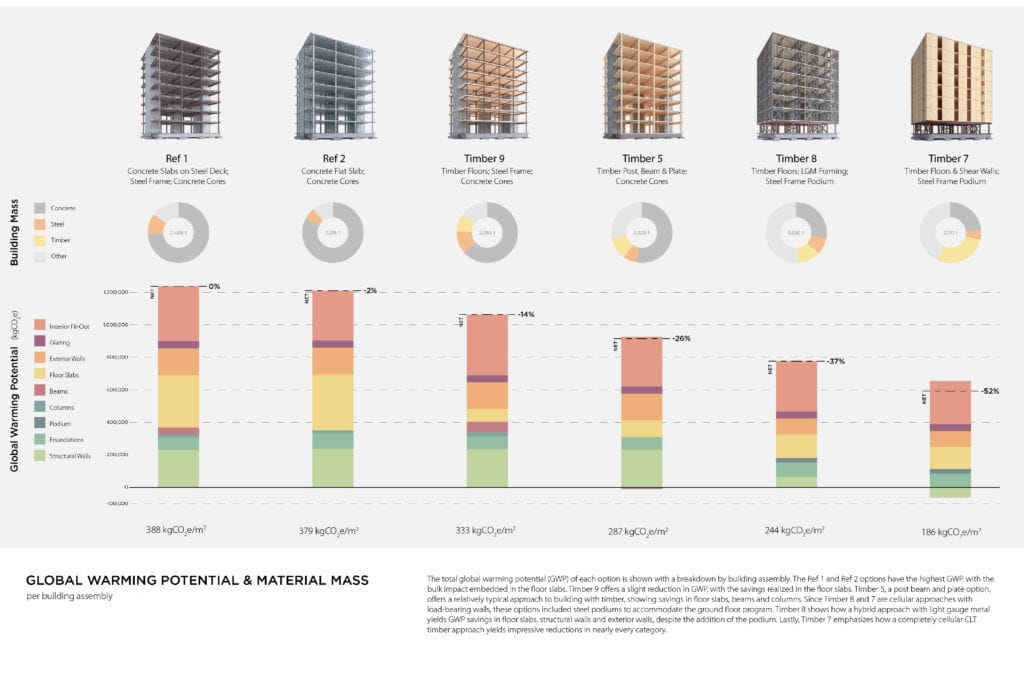
- Mass Timber's Advantage: Trees naturally absorb CO2 from the atmosphere as they grow, storing that carbon within their wood fibers. When these trees are harvested and turned into mass timber products, that carbon remains "locked away" in the building for its entire lifespan. This makes mass timber a "carbon sink," meaning it actively removes carbon from the atmosphere rather than adding to it. Compared to concrete and steel, mass timber can have one-fourth the embodied carbon. This shift to mass timber construction is a tangible step towards reducing our city's overall carbon footprint.
Impact on Building Costs and Affordable Housing
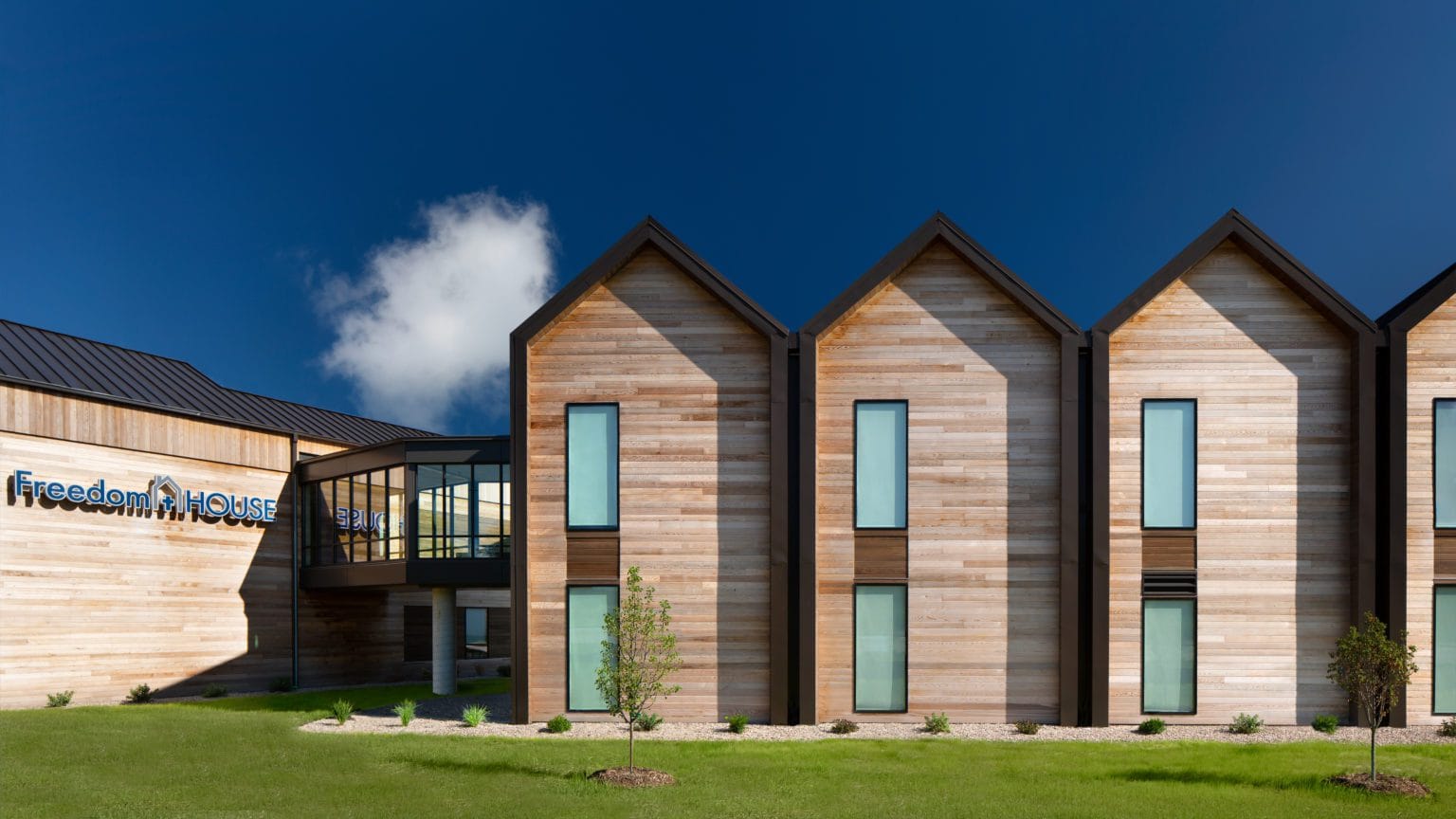
While mass timber materials can sometimes have a slightly higher upfront cost than traditional materials, the overall project costs can be significantly reduced due to several factors:
- Faster Construction: Mass timber panels are prefabricated off-site, leading to much quicker assembly on the construction site. This can reduce construction time by as much as 25% compared to traditional methods.
- Reduced Labor Costs: The speed and precision of mass timber construction often require smaller on-site crews, leading to considerable labor savings. Some projects have seen a reduction of up to 75% in the number of workers needed.
- Lighter Foundations: Mass timber is significantly lighter than concrete or steel, which can lead to less extensive and less costly foundation requirements, especially on challenging sites.
- Maximizing Space in Multifamily Developments: The updated Phoenix code reduces space requirements for mechanical systems in multifamily developments. Combined with the efficient structural systems of mass timber, this allows architects to maximize valuable square footage for residential units, potentially contributing to more housing supply.
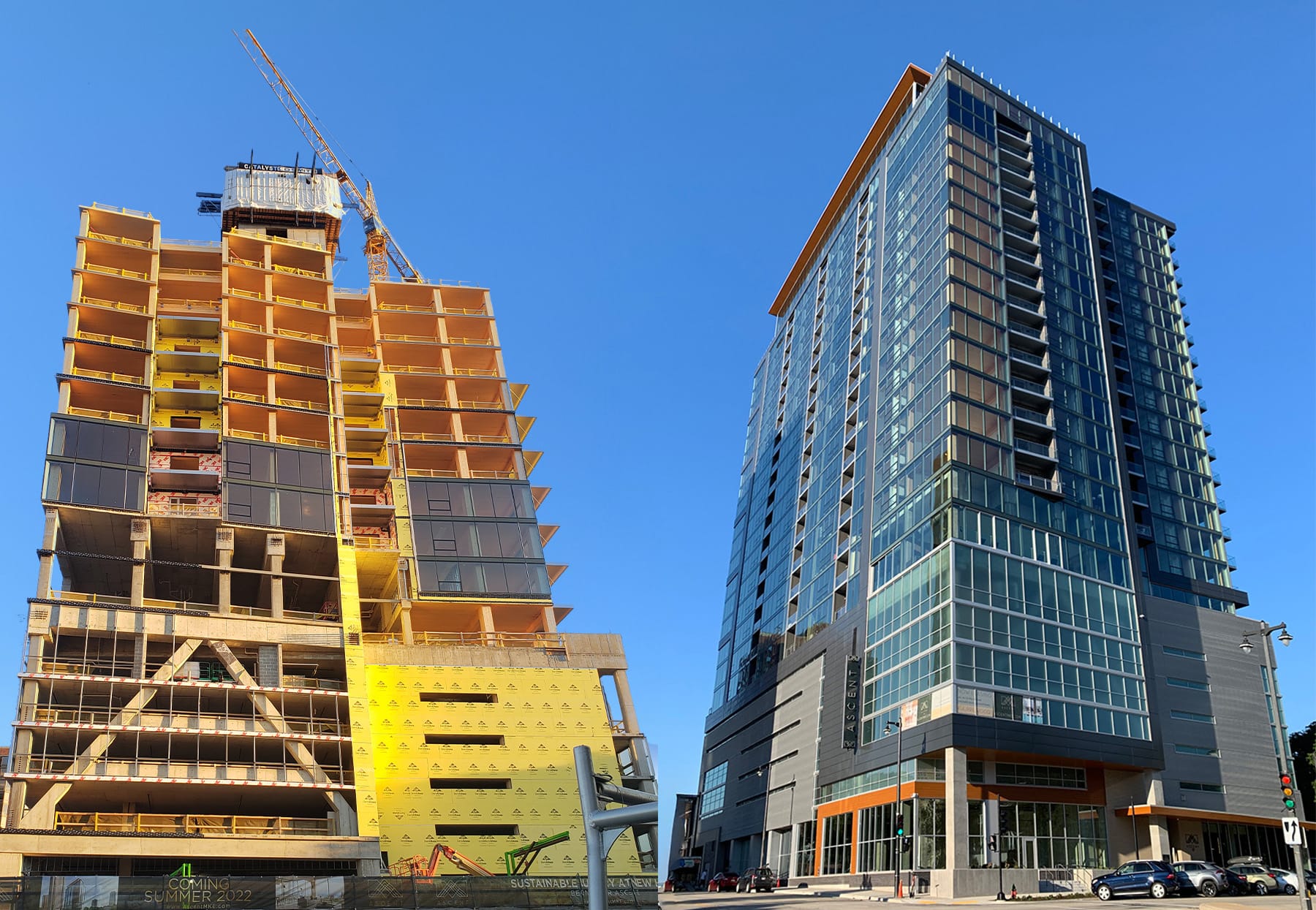
These efficiencies can translate into cost savings for developers, which can, in turn, help address the critical need for more affordable housing options in Phoenix. Mass timber fills a crucial gap for mid-rise construction (6-18 stories) where traditional light-frame wood is limited and concrete/steel can be prohibitively expensive.
Reducing Stored Heat and the Urban Heat Island Effect
Phoenix knows heat better than most, and the urban heat island effect is a major concern. This is where urban areas become significantly warmer than surrounding rural areas due to human activities and the prevalence of heat-absorbing materials like asphalt and concrete. Mass timber offers a promising solution:
- Natural Insulator: Wood naturally possesses excellent insulating properties. Its fibrous structure creates tiny air pockets that help resist heat transfer. In our hot climate, this means mass timber buildings can help keep the cool air inside, reducing the reliance on energy-intensive air conditioning.
- Passive Cooling: Mass timber integrates well with passive cooling designs, which use natural ventilation, shading, and strategic building orientation to keep interiors comfortable without heavy mechanical cooling systems. By reducing the need for artificial cooling, mass timber contributes to lower operational energy requirements and, consequently, less heat generation.
- Beyond the Building: While mass timber directly benefits the building's thermal performance, a broader shift towards sustainable, natural materials in urban landscapes can contribute to a larger effort to mitigate the heat island effect by reducing the overall absorption and re-emission of heat.
Design and Aesthetic Benefits for Multifamily Construction
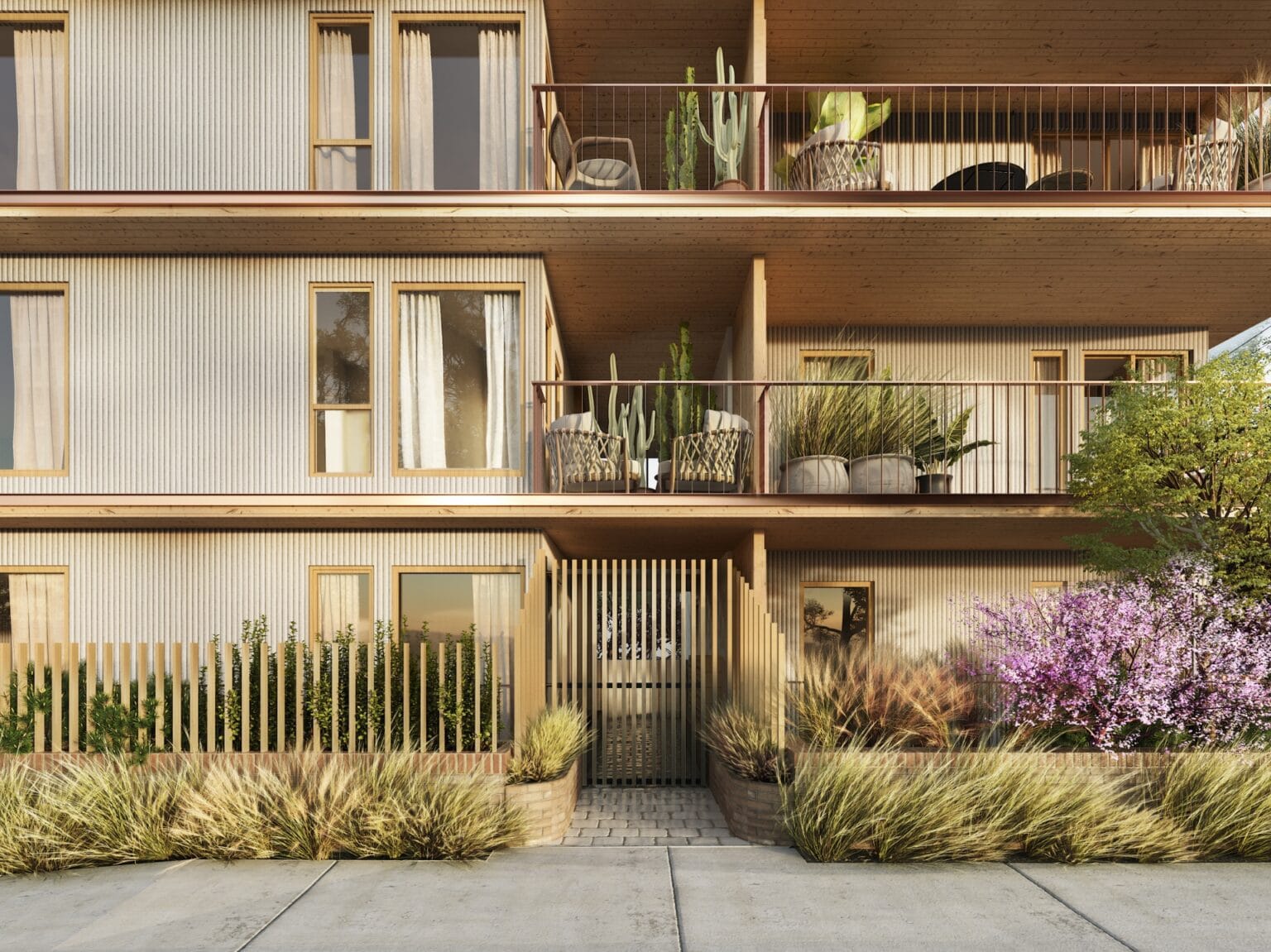
Beyond its technical advantages, mass timber brings a unique and appealing aesthetic that can significantly enhance the quality of life in multifamily constructions:
- Biophilic Design: Exposed mass timber creates a warm, inviting, and natural aesthetic. This aligns with biophilic design principles, which seek to connect building occupants with nature. Studies suggest that exposure to natural materials like wood can improve occupant well-being, reduce stress, and enhance productivity – a significant benefit for residents in multi-unit dwellings.
- Higher Ceilings and Open Spaces: Efficient mass timber floor systems can result in thinner structural depths, which can translate into higher ceiling heights within units or shorter overall building heights while maintaining generous living spaces. This creates a more open and spacious feel, highly desirable in multifamily living.
- Market Differentiation: The unique beauty and sustainability story of mass timber can also be a significant market differentiator for developers, attracting residents who value both modern design and environmental responsibility.
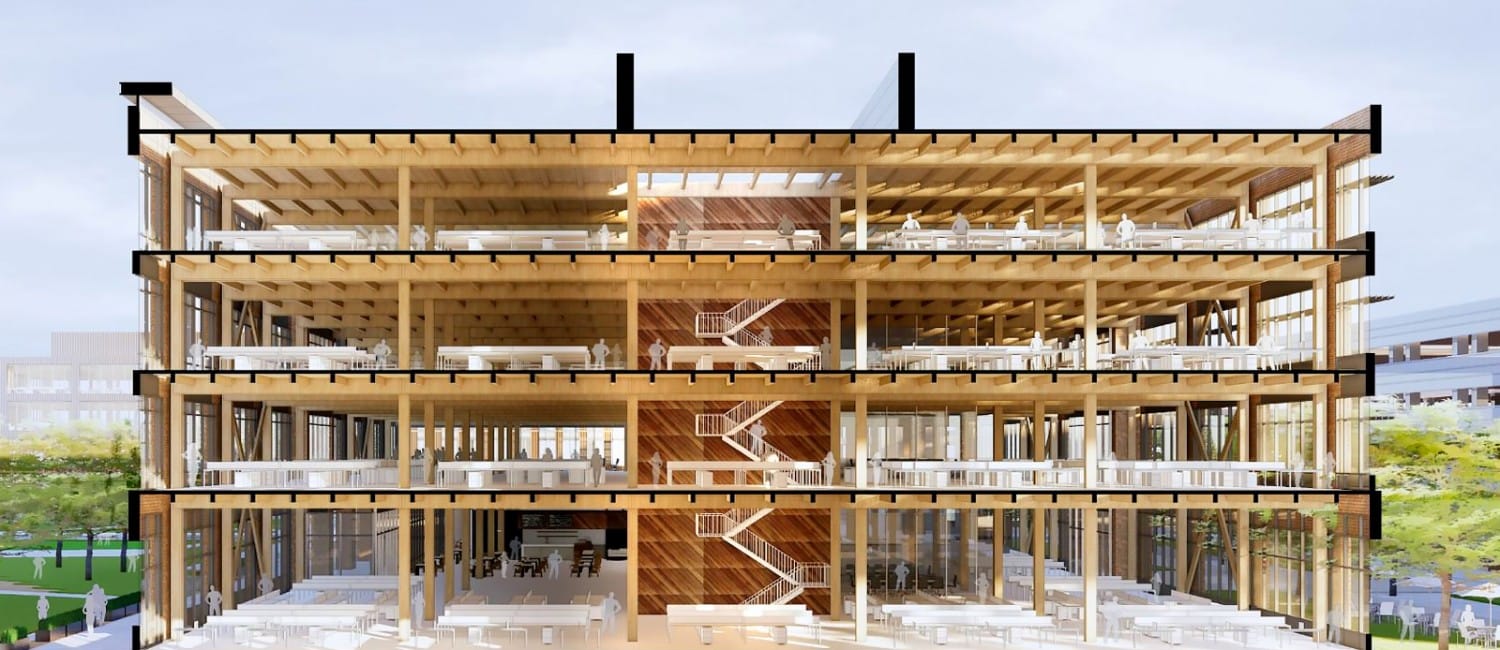
The adoption of updated building codes in Phoenix marks a pivotal moment for our city's development. Mass timber construction offers a path toward a more sustainable, cost-effective, and aesthetically pleasing urban environment, paving the way for a cooler, greener, and more vibrant Phoenix for generations to come.

